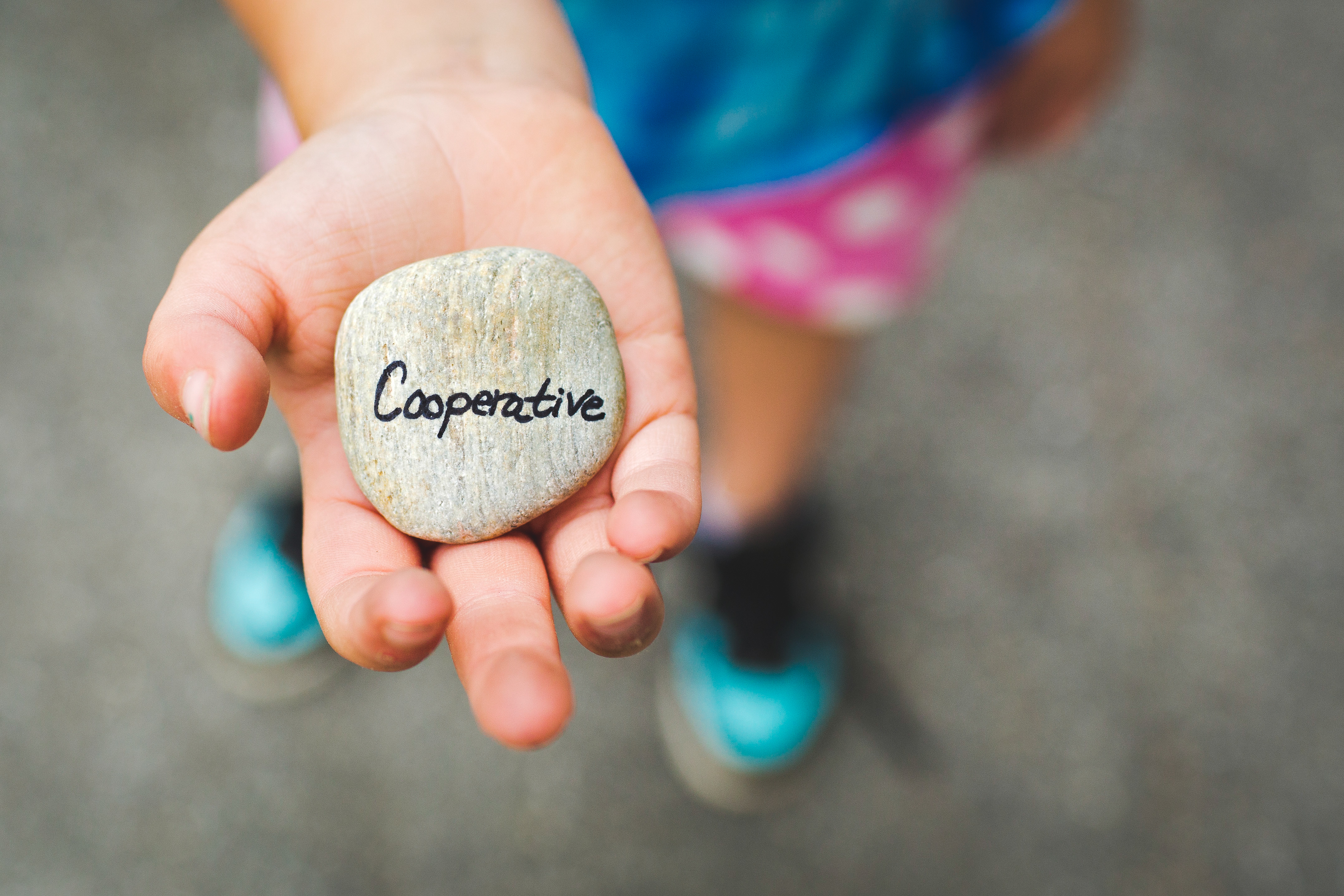ISPS is a play-based preschool program that will use several different modes of teaching instruction in the classroom. The students will be assessed for their learning style at the beginning of the year, and the teacher will develop methods that suit that child’s style of learning. For example, if the child is a visual-spacial learner, information will be presented to him/her in more of a visual format. The teacher may incorporate things like puzzles and pictures into the lesson plans to best meet the needs of that child.

Types of Instruction Implemented at ISPS
There are many different ways of teaching children in a preschool environment. Some children may respond well to choosing their own activity during free play, whereas other children may find that choosing their own activity is a difficult task. At ISPS, we have the ability to implement several types of teaching modalities into our curriculum. It is the small class size at ISPS that allows us to be more individualized when it comes to teaching 4-5 year old children. At ISPS, learning through play will always guide our teaching strategies. Curriculum will always be presented to the children through play, and they should find school a fun and inspirational learning environment.
Differentiated Instruction: The first type of instruction implemented at ISPS will be differentiated instruction. This type of teaching allows for all levels of learners in the classroom. At ISPS we will have more difficult learning content available for the student that needs more of a challenge, and we will also identify students that are developmentally slower than other children or students who have special needs. For example, there may be a student who is not ready to use scissors, but can tear paper. Both of these skills would focus on fine motor development, but using scissors to cut paper would be a higher level function.
Large Group Activities: Large group activities at ISPS will be somewhat small since our overall class size is low. Teaching the students in this format allows them to discuss different topics, listen to different opinions, and work together in a large group atmosphere. This helps with the social/emotional aspect of the classroom as well. An example of a large group activity may be the class putting on a puppet show together. Each student would have an individual responsibility to the group and would need to contribute in order for the group’s puppet show to be a success. Group learning will also be done during class meeting time/circle time.
Small Group Activities: Small group activities will be done in groups of two or three. There may be times when students will choose their own group members and times when the teacher assigns them to groups. For example, the students may work in small groups when finishing pattern cards. They can work together to determine what comes next in the pattern and then decide as a group.
Individual Instruction: Individual instruction will be done in the classroom as needed throughout the day. The teacher may present a problem or educational content to each student by themselves during free play or center play. This is beneficial to the student that requires extra time to learn and to the student that has already grasped the material. Providing this individual instruction will help the teacher to assess the student and will help the student to gain more confidence in their abilities in the classroom.
Experiential Instruction: Experiential instruction includes providing the students with real world experiences after they have learned a topic in the classroom. This type of instruction allows young children to make connections with what is presented in the classroom to what happens in the real world. This can include out of classroom field trips, in-classroom field trips, or it can include a real world video about something we have learned. Providing this type of instruction to children of this age is beneficial because they become so excited about learning, and one of our goals at ISPS is to help children develop a love of learning throughout their lifetime.
What Teaching Methods Will be Utilized at ISPS?
At ISPS, we will use several different ways of teaching your children. Learning will always be centered around play, but we will also incorporate different modes of learning such as technology, hands on learning, creative arts, and experiential learning.
